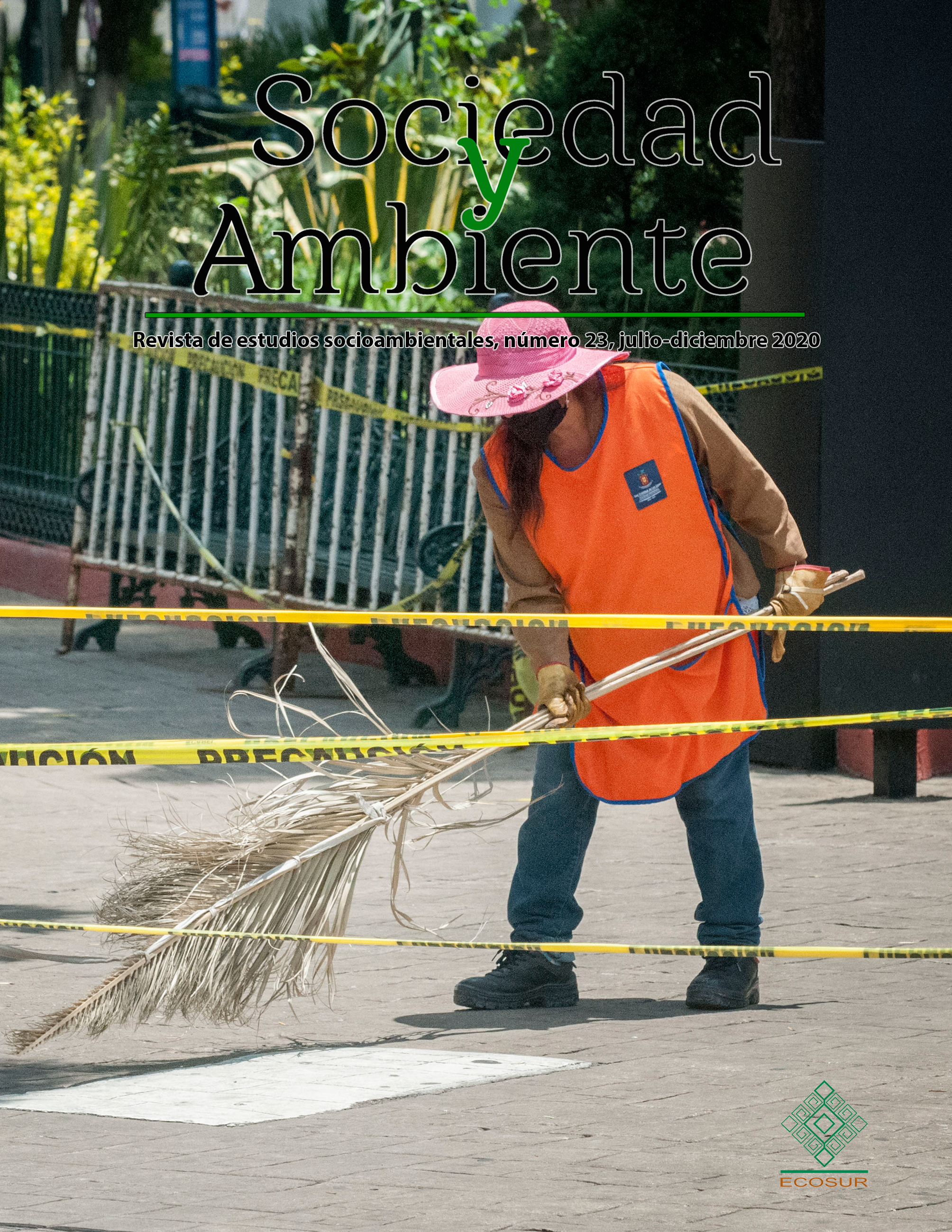Abstract
From the formation of an extractive front of natural resources and the subsequent organization of agricultural colonies, the landscape transformations in the territory of Alto Paraná-Misiones were multiple. The present work analyzes the impact of the different migrations and particularly that of swiss to the organization of the missionary agricultural landscape. Regarding the time frame, we include the end of what was known as the extractive front and the years immediately after the regulation of the cultivation of yerba mate in 1935. Within this framework, two were the determinant moments for the arrival of swiss: during the 1920s, and between 1935 and 1939. The transition from exploitation to the implantation of wild herbs was a process of high importance, not only for the configuration of the missionary landscape but also for the consolidation of the settlements of European immigrants. The methodology used in this study is essentially qualitative, as it analyzes interviews and documents - letters, memories, and travel stories - produced by the protagonists of the migratory phenomenon or their descendants. By sections, the article seeks to analyze the traces left in the landscape by the Swiss immigrants who arrived in the National Territory of Misiones during the first half of the 20th century.

Sociedad y Ambiente by ECOSUR is licensed under a Creative Commons Reconocimiento-NoComercial-SinObraDerivada 2.5 México License


